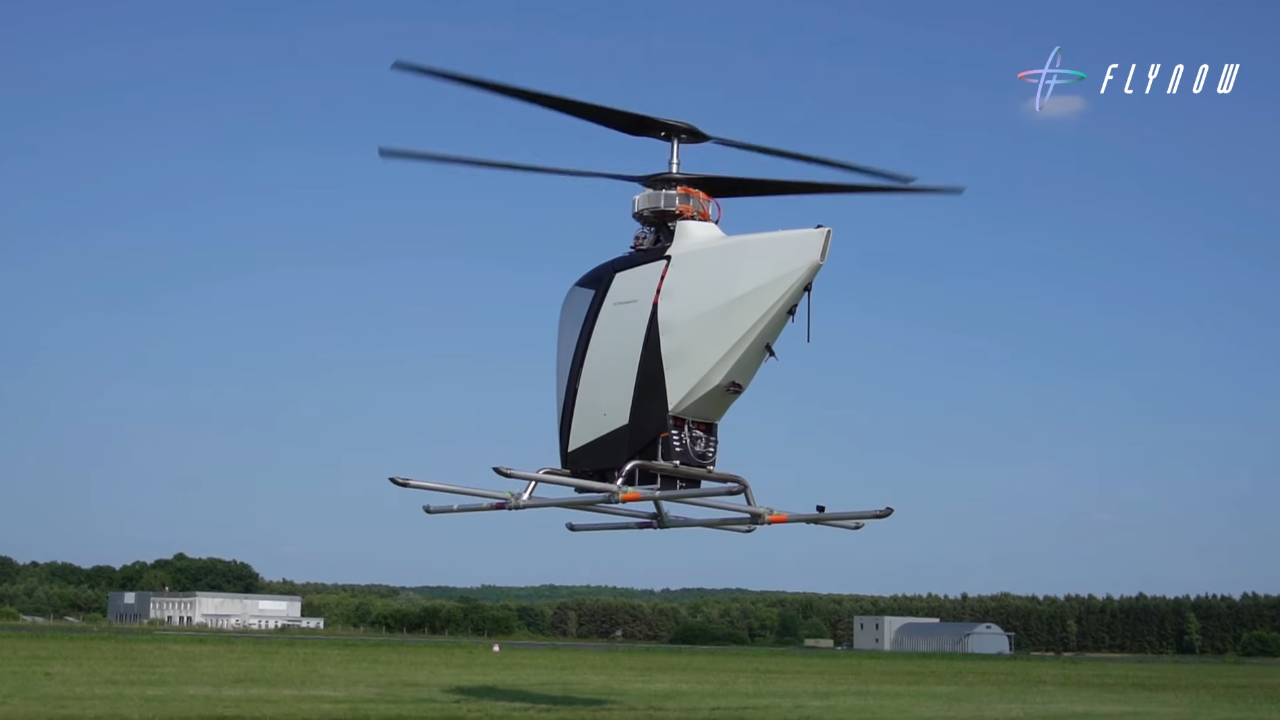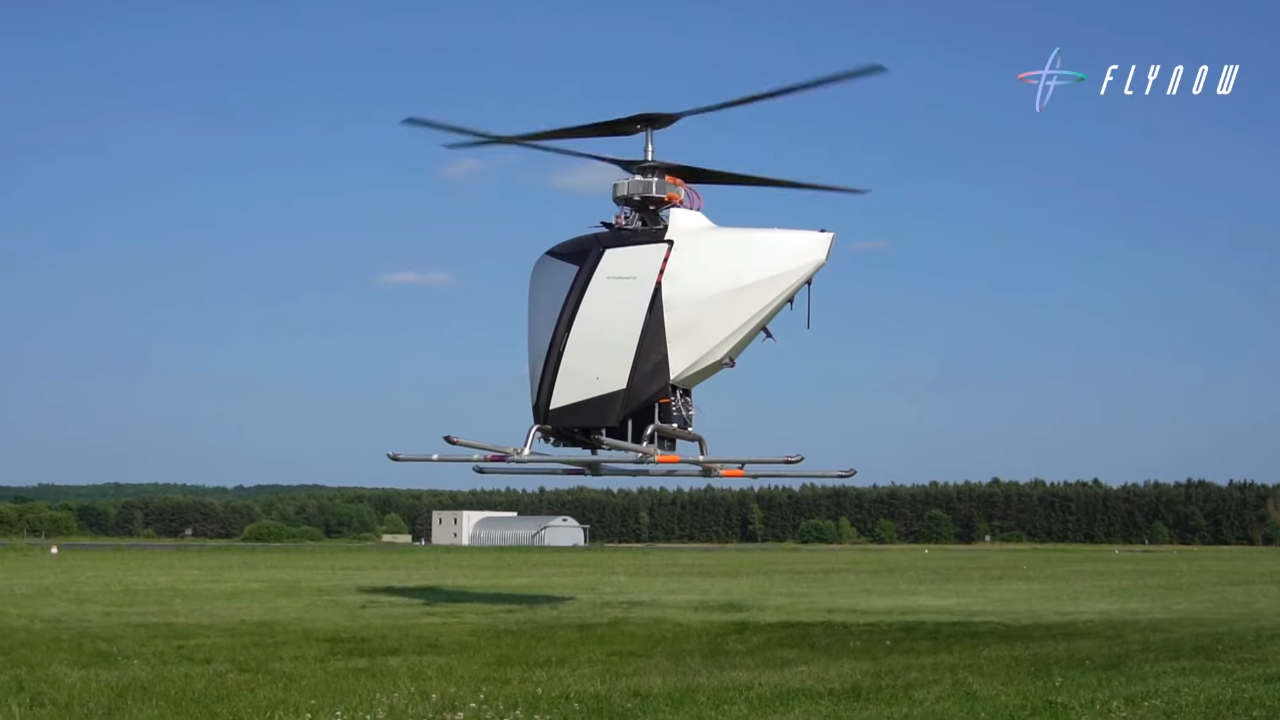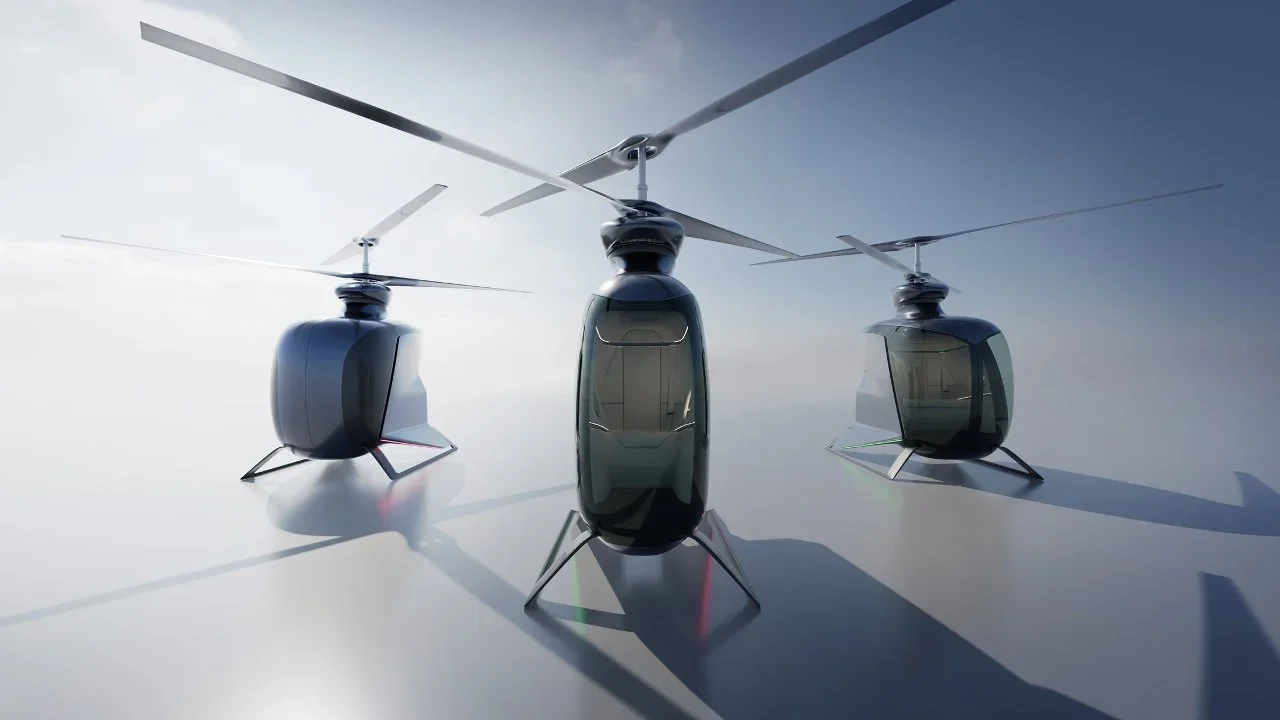The Electric Egg Has Landed… Well, Hovered. Untethered.
Image Credit: FlyNow.
Flying cars? Still waiting for that dream to come true. Instead of zipping around in the sky and waving to George Jetson on our way to the floating office, we have electric scooters that people leave in the middle of the sidewalk. But a company in Austria might have just taken a small, quiet, and wonderfully weird step toward the sky-high dream. And it looks, for all the world, like a giant electric egg.
I'm talking about the FlyNow eCopter. For a while now, this little pod has been flying around on a leash, like a very expensive and technologically advanced puppy at its first obedience class. Tethered flights are great for testing, but they don't exactly exhibit confidence. It's like saying your new supercar is brilliant, as long as it's being towed. But now, the fine folks at FlyNow have finally snipped the cord.
In a field somewhere in Eastern Austria, their full-scale eCopter lifted into the air completely on its own. No strings attached. This is the moment things get real. As the company's COO, Yvonne Winter, put it, "Many didn't take our tethered flights seriously, but seeing is believing." She's not wrong. Seeing this thing hover under its own power, without a safety rope, is like watching a fledgling bird finally leave the nest. A very round, very quiet, battery-powered bird.
What exactly is this contraption? It's not one of those multi-rotor things that look like a scaled-up hobby drone with a chair glued to it. No, this is different. The eCopter uses a coaxial dual-rotor system. In plain English, that means it has two sets of big blades stacked on top of each other, spinning in opposite directions. It's a design that's more like a proper helicopter, which is reassuring, and it makes the whole thing remarkably compact. It's an elegant solution to the urban air mobility puzzle.
Image Credit: FlyNow.
The big plan is apparently to offer it in a few flavors. There will be a cargo version, which is a brilliant way to start. Let's risk flying boxes of Amazon packages before we risk flying people. Once they've ironed out the kinks, they'll roll out single- and two-seater versions for us humans. Imagine that. Your own personal electric pod to hop over the city's endless traffic jams. The appeal is, I must admit, enormous.
FlyNow promises a top speed of around 80 miles per hour. That's not going to win you any air races, but it's more than enough to get you across town in a hurry. The range is a bit more modest. They're quoting about 30-plus miles, with a flight endurance of around 30 minutes on a single charge. This means it's strictly for short hops, not for a weekend getaway to the coast.
Image Credit: FlyNow.
Thirty minutes might not sound like a lot, and it does raise the question of what happens if you get stuck in an aerial holding pattern. Still, for a quick trip from a downtown heliport to the airport, it's a no-brainer. The whole machine is designed to have a maximum take-off weight of about 1,250 pounds, so it's a lightweight piece of kit as well. It's not designed to haul your luggage and the kitchen sink, just you and maybe a briefcase.
But the specification that really made me sit up and pay attention is the noise. Or rather, the lack of it. FlyNow claims the eCopter produces just 55 decibels when flying at an altitude of about 490 feet. They say that's about as loud as a modern dishwasher. A flying dishwasher! Can you imagine? The thundering, sky-ripping racket of a traditional helicopter is one of the biggest barriers to urban flight. If these things are truly as quiet as doing the dishes, then the dream of a sky full of personal flyers just got a whole lot more plausible.
Image Credit: FlyNow.
FlyNow is already wading through the treacle of aviation certification. They've secured a key European safety certification (SAIL II, if you must know) and are now aiming for the next level, SAIL IV, which would allow them to start commercial cargo operations. They have a plan, and it's a refreshingly sensible one.
The timeline? They hope to start flying cargo commercially from 2027. They want to rack up over 620,000 miles of automated package delivery before they even think about putting passengers inside. That is the most wonderfully cautious and brilliant product launch strategy I've heard in years. Prove the technology, build trust, show that it works flawlessly, and then, and only then, invite people along for the ride.
Am I a convert? Am I ready to trade in my car keys for a pod key fob? Not yet. But I am genuinely, properly intrigued. The FlyNow eCopter isn't trying to be a flying Ferrari. It's trying to be a quiet, efficient, and affordable (we'll see about that part) solution to a real-world problem. By snipping the tethers, they've shown their electric egg has learned to fly. Now, let's see if it can truly soar.




